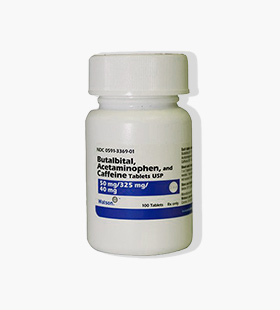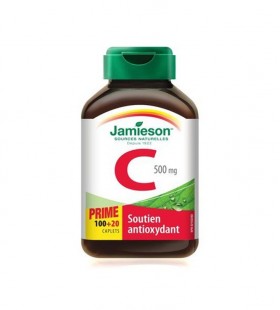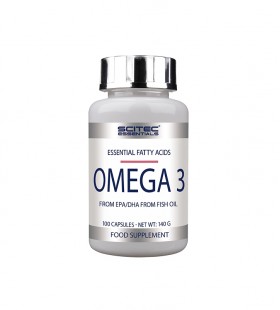Accusantium Doloremque
$104.00 Ex Tax: $85.00
Acetylcholinesterase is the primary target of these drugs, but butyrylcholinesterase is also inhibited. Acetylcholinesterase is an extremely active enzyme. In the initial catalytic step, acetylcholine binds to the enzyme's active site and is hydrolyzed..
Consectetur Hampden
$119.60 Ex Tax: $98.00
The first group, of which edrophonium is the major example, consists of quaternary alcohols. These agents reversibly bind electrostatically and by hydrogen bonds to the active site..
Exercitat Virginia
$116.00 Ex Tax: $95.00
The enzyme-inhibitor complex does not involve a covalent bond and is correspondingly short-lived (on the order of 2-10 minutes). The second group consists of carbamate esters, eg, neostigmine and physostigmine. These agents undergo a two-step hydrolysis sequence analogous to that..
Laborum Eveniet
$97.99 Ex Tax: $79.99
The most prominent pharmacologic effects of cholinesterase inhibitors are on the cardiovascular and gastrointestinal systems, the eye, and the skeletal muscle..
Necessitatibus
$119.60 Ex Tax: $98.00
The effects of the cholinesterase inhibitors on these organ systems, all of which are well innervated by the parasympathetic nervous system, are qualitatively quite similar to the effects..
Neque Porro Quisquam
$118.00 Ex Tax: $118.00
The cholinesterase inhibitors can increase activity in both sympathetic and parasympathetic ganglia supplying the heart and at the acetylcholine receptors on neuroeffector cells..
Nostrud Exercitation
$83.60 Ex Tax: $68.00
In the heart, the effects on the parasympathetic limb predominate. Thus, cholinesterase inhibitors such as edrophonium, physostigmine, or neostigmine mimic the effects of vagal nerve activation on the heart. Negative chronotropic, dromotropic, and inotropic effects..
Reprehenderit Aliquam
$118.40 Ex Tax: $97.00
Cholinesterase inhibitors have less marked effects on vascular smooth muscle and on blood pressure than direct-acting muscarinic agonists. This is because indirect-acting drugs can modify the tone of only those vessels that are innervated by cholinergic nerves and..
Voluptas Assumenda
$122.00 Ex Tax: $100.00
The net cardiovascular effects of moderate doses of cholinesterase inhibitors therefore consist of modest bradycardia, a fall in cardiac output, and no change or a modest fall in blood pressure..











